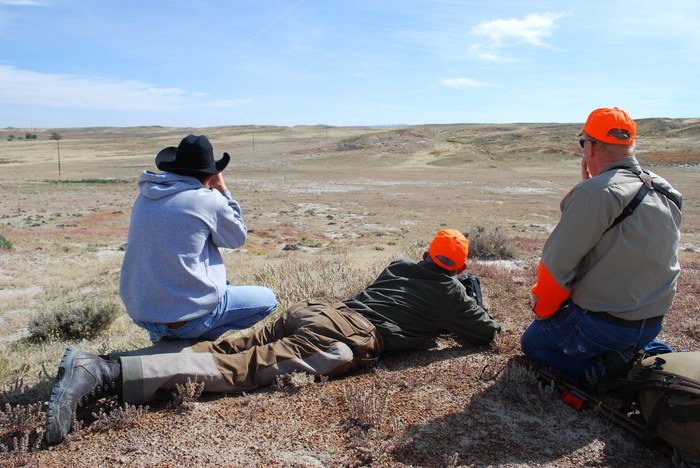First of all, please note that I didn’t use the title “scope mounting made easy.” I don’t find this chore easy! It is, however, essential to get it right.
Rifle accuracy is a slippery concept; with an unfamiliar or new rifle, you don’t really know what kinds of groupings are possible, or what loads will work best to get the grouping you want. On the other hand, when accuracy is noticeably worse than expected or if a rifle inexplicably shifts zero or won’t come into zero, troubleshooting becomes a process of elimination. A bad scope isn’t impossible, nor is uneven bedding, nor a bad barrel, but the first thing I check are the scope mounts, and they are often the culprit.

I am mechanically challenged. Changing a tire taxes my abilities, and mounting a scope approaches my limits. I hate messing with all those tiny little screws; I admit, I tend to break screws and strip screwheads. Although these little mistakes keep my local gunsmith in business, I do manage to do it myself most of the time.



